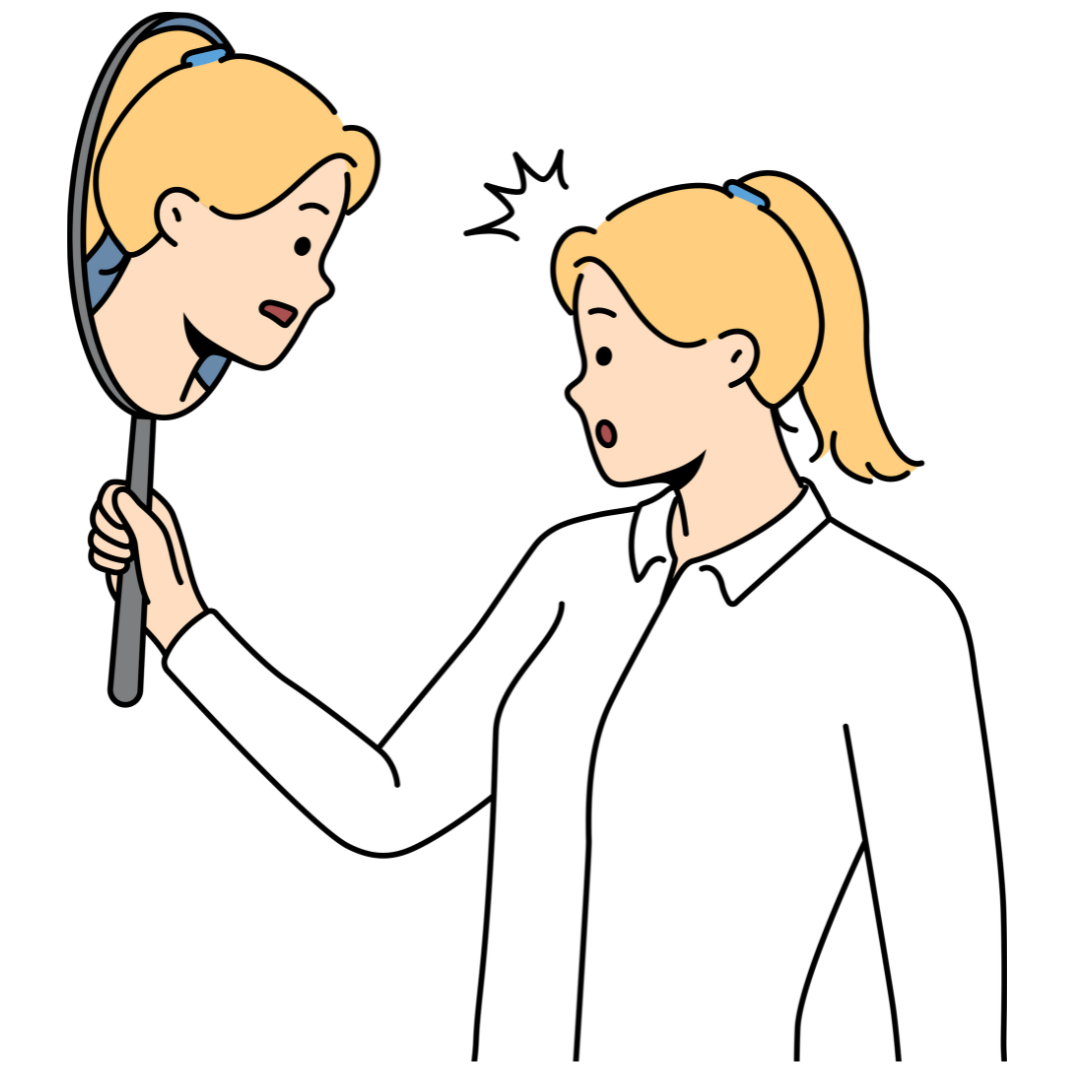A client once said to me, "Scott, I realize I need to take better care of myself. When I do that, I am at my best. I have decided to do yoga when I get up in the morning and exercise again at noon. I am going to be more conscious of my diet and make better choices about what goes into my body."
When I probed for the reason, he continued.
"Recently, there has been a lot of negativity in my life and I am not going to allow it to get me down any longer. I am choosing to be the leader I want to be and not be a weak victim of my circumstances."
His decision prompted me to ask you a question:
How Are You, as a Leader, Focusing On Your Emotional Well-Being?
There’s a great story I know about two out of 180 nuns who were the subjects of a study on longevity and happiness. If you want all the details, you can read the book Authentic Happiness by Martin Seligman, for some interesting facts and percentages about the nuns.
Studies of longevity are very complex from a purely scientific standpoint. Causality is extremely difficult to make a case of. However, one of the reasons this study is so impactful is that nuns lead very similar lives. They eat basic food, they don’t smoke or drink alcohol and they have similar routines. Of course, there are differences such as intellect, depths of spirituality, and outlook on the future that could account for varied results in the study on the nuns.
However, none of these aspects made any difference in the research. In his book, Seligman points out that the largest contributor to their longevity was the sheer amount of positive feelings.
According to the National Wellness Institute, wellness is "an active process through which people become aware of, and then make choices toward, a more successful existence."
Four Things to Notice About Wellness:
It is an active process. It is something you devote energy to making happen. It is intentional on your part as a leader.
It starts with self-awareness. Are you aware of the moment when health choices present themselves?
Wellness is a choice. You decide to be well in the moment or you decide to say “screw it” and become a victim of your circumstance.
There is an end game. A successful existence. This is your life. You only get one. Why not make it the very best that it can be?
Emotional Intelligence and Well-Being:
One of the attributes we measure in Emotional Intelligence training is either happiness or well-being. In our model there are four factors that can comprise well-being:
Self-Regard: Believing in yourself and living according to your values.
Self-Actualization: A willingness to learn and grow in accordance with your beliefs.
Interpersonal Relationships: Engaging in mutually satisfying relationships.
Optimism: The ability to respond, recover, and claim a happy state from disappointments and setbacks in life.
Two Considerations for Evaluating Your Own Level of Well-Being:
The first is attempting to display as many of these four attributes as you can:
Believe in yourself and live according to your values.
Learn and grow in areas that really matter to you.
Have friends that reciprocate these areas.
Realize that things in life are not always going to go your way. What matters is how you respond when setbacks happen.
The second is to have a balance between these attributes:
For example, you want to make sure that your self-regard is balanced with your interpersonal relationships.
If you have a high level of self-regard and low levels of interpersonal relationships, you could come across as prideful.
If you have low levels of self-regard and high interpersonal relationships, then you could come across as needy and not fun to be around. It’s all about balance.
As You Think About the Successful Life You Want to Live as a Leader:
Are you choosing to maximize and balance these 4 attributes of emotional health?
What changes can you make to ensure that you have a good level of well-being and live a long and successful life?




















